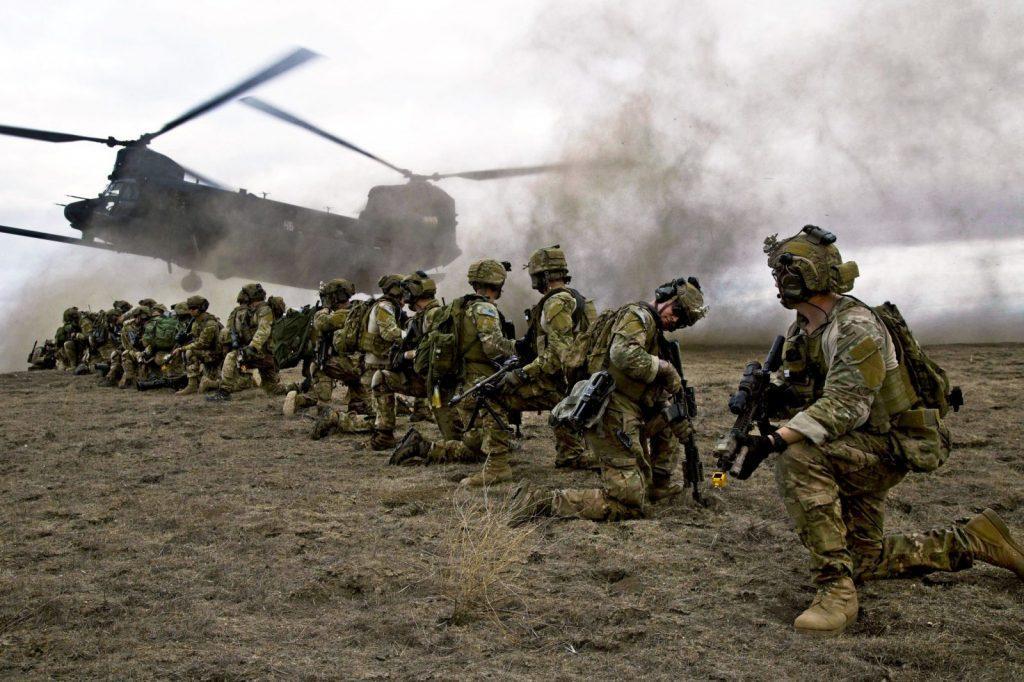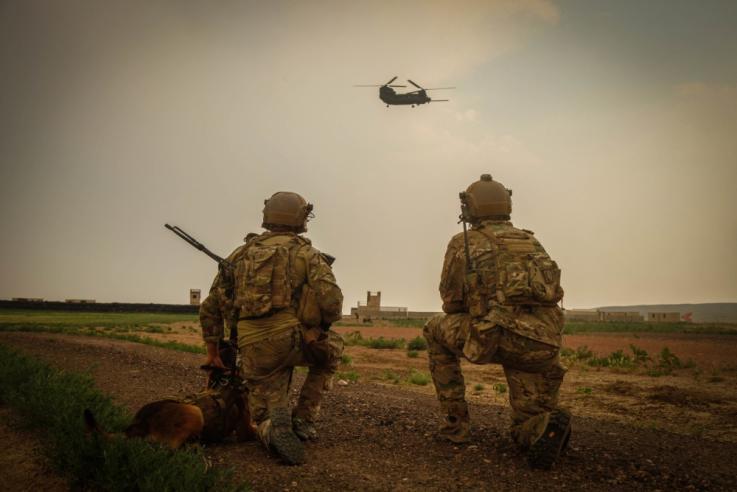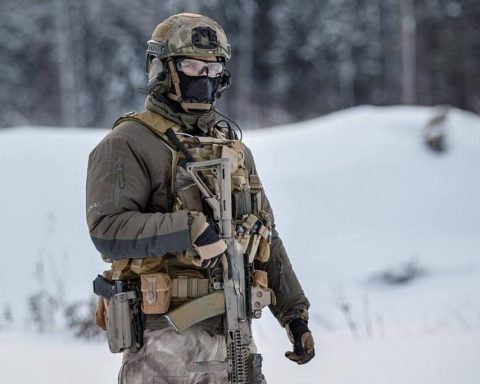The US Army’s 75th Ranger Regiment and the US Army Special Forces both are part of the US Army Special Operations Command. Their organizations are different, reflecting the different types of missions they are expected to execute.
U.S. Army Rangers
Rangers in the US Army consisted of the 75th Ranger Regiment’s Special Troops Battalion and First, Second and Third battalions. The US Army Ranger School’s Fourth, Fifth and Sixth battalions of personnel undergoing individual Ranger training.
The 75th Ranger Regiment is organized and trained to conduct unit sizes from squads to the entire regiment as an elite light infantry fighting unit. Their missions include airborne and air assault operations, seizing key terrain such as airfields, destroying strategic facilities, and direct combat against enemy forces.

Individual personnel train in specialized Ranger Assessment and Selection Programs leading to the US Army Ranger School course, successful completion of which will earn full Ranger qualification and the right to wear the Ranger tab on the uniform, whether or not they are serving in a Ranger unit.
U.S. Army Special Forces (Green Berets)
The Army Special Forces are set up to provide training in a broad range of military skills and leadership to non-US forces, although Special Forces personnel have often fought side-by-side with the troops they are working with. The Special Forces have five primary missions:
- Unconventional Warfare
- Foreign Internal Defense
- Special Reconnaissance
- Direct Action
- Counter-terrorism
The Airborne tab, seen usually with the US Army Special Forces shoulder patch, is used to identify US Army units designated as “airborne units.” This is not an individual qualification tab; Graduates of airborne training are awarded parachutist’s wings.

Individual soldiers who complete the Special Forces qualification courses may wear the Special Forces tab for the remainder of their military careers, whether assigned to a Special Forces unit or not.
Difference
In fact, this is an opinion of a warrior who served as Green Beret and has also been Ranger qualified but never served in “the regiment.” In his point of view and should not be considered as fact.
“The U.S. Army Special Forces (Green Berets) primary mission is Unconventional Warfare (organizing resistance forces to overthrow governments/extremists) while the U.S. Army Ranger’s primary mission is to seize airfields as a spearhead, generally annihilate stuff very rapidly, and they also tend to provide security for other precise special operations. I like to think of Rangers as storm troopers that can be directed to do nationally important missions.

Also, IMO, culturally, the two are TOTALLY different. Rangers are very regimented, hierarchical, and obsessively disciplined because their missions demand this mentality. Green Beret’s are super laid back, don’t care much about rank and uniforms and all that, and tend to have a more multidimensional mentality in general because their UW mission requires it. This is an oversimplification, but I think it’s pretty accurate.”
Here is another view, this time from the guy who served as Ranger. Here are his thoughts on these two elite units.
“The Ranger battalions are our elite Infantry. Superb soldiers, but built on the Infantry model of squad, platoon, company, and then Battalion, all part of the Ranger Regiment. They are for a quick strike, direct action missions. Airfield seizure was one mission we worked with them on occasion.
Contrary to the media portrayal, Special Forces are teachers. We are designed to work with indigenous forces, training them to fight. SF can do direct action missions but is organized differently. We primarily operate at the A-Team level. The B-team, the company, is more an administrative unit, not a tactical one, although there have been more occasions lately where B-Team has commanded A-Teams in the field. The invasion of Iraq required this when Turkey wouldn’t allow us to pass our armor units through. Several B-Teams commanding A-Teams did the job of an armored division by working with the locals, primarily the Kurds.
We used to have to ‘deprogram’ guys who came from the Ranger Battalions to Group. Get them to slow down a bit, realize the mission was longer-term, less direct. Both units have superb soldiers.“





